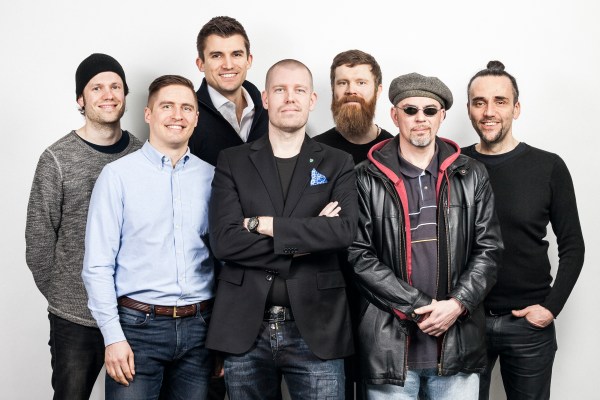Helsinki-based mobile gaming startup Armada Interactive, which is still a way off from launching its first title, has closed a $3 million seed round.
Investment is being led by Initial Capital, with participation from Index Ventures, PROfounders Capital, Backed VC, Reaktor Ventures, Sisu Game Ventures, Chris Lee, Reynir Hardarson, and Ben Feder. That’s a pretty decent line up for the nascent and stealthy company, although we perhaps shouldn’t be surprised given the legacy of its founders.
Armada Interactive is headed up by serial entrepreneur Samuli Syvähuoko, whose started his career in gaming all the way back in 1995 with the founding of Remedy Entertainment. The Finnish startup’s other founders are Giuliano Cremaschi, Mikko Kinnunen, Juha Matikainen, Tero Teelahti, Didier Pippel and Nick Joore, who I’m told have been key members at Crytek, Seriously and BioWare, amongst others.
Meanwhile and frustratingly, Armada Interactive is remaining mum about what it’s actually working on, except to drop a list of mobile gaming buzzwords that make little sense to 40 year-old me (hey, I made my gaming debut on Chuckie Egg).
They include: “real-time 3D gameplay”, “synchronous PvP (player-vs-player)”, “core gameplay” and “a new and revolutionary user experience”. Whatever.
Instead, I tried a different angle by asking what today’s mobile games currently lack? Here’s what Giuliano Cremaschi, Armada Interactive’s Chief Creative Officer, told me in an email:
True core games that are born mobile.
Lately, with games like Hearthstone and Clash Royale, there’s been a shift from the safer mid-core (Clash of Clans) to a more competitive and engaging experience. But that shift, with some exceptions, has not been followed with a boost towards a higher visual quality bar, especially regarding real time 3D.
Then, when you include real time 3D in the conversation, UX innovation becomes a must, because PC- and console-like controls and also gameplay don’t really work when simply ported to mobile. You have to think in terms of “born mobile”.
So there you have it, “true core” games, made for mobile first, and with significantly better graphics and higher production values. “The app stores show signs that the audience is looking for something new, and we want to break new grounds and bring it to them,” adds Cremaschi.
We got there in the end. At least, I think we did. We did, right? Yeah, I’m sure of it.
